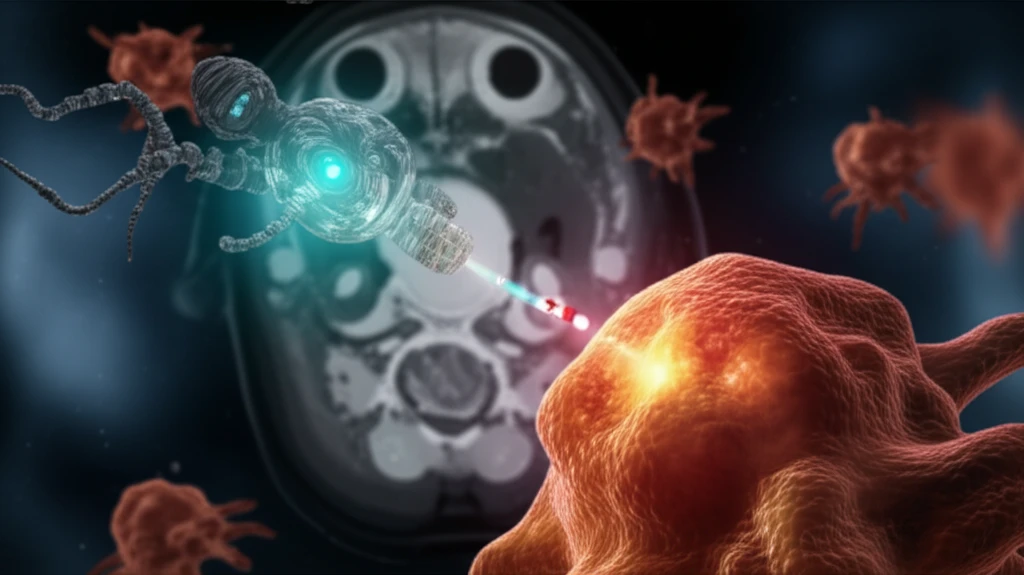
Next-Gen Theranostics: How Smart Drugs & Imaging Are Revolutionizing Cancer Treatment
"Unlocking Precision Medicine: Exploring the cutting-edge advancements in targeted drug delivery and real-time imaging for personalized cancer therapies."
The convergence of therapeutics and diagnostics, known as “Theranostics,” is revolutionizing medical approaches. This innovative field aims to integrate treatment and diagnosis into a single, streamlined process, offering unprecedented opportunities for personalized medicine. Researchers are diligently working to develop systems that not only target diseases with precision but also provide real-time feedback on treatment efficacy.
At the heart of this revolution lies the development of novel drug delivery systems (DDS). These systems are designed to deliver therapeutic agents directly to the site of disease, minimizing side effects and maximizing treatment efficacy. One promising approach involves the use of novel amphiphilic polymers to create micelle-like structures, acting as carriers for both diagnostic and therapeutic agents.
This article explores recent advancements in theranostics, focusing on the development of a novel drug delivery system combined with PET imaging for cancer treatment. We will delve into the creation of targeted therapies using human antibody fragments and explore the potential of these technologies to revolutionize cancer care.
What is 89Zr-Labeled PET Imaging and Why Is It a Game Changer?

Molecular imaging, a technique that visualizes biological processes at the cellular and molecular level, is transforming disease diagnosis and treatment. Modalities such as Positron Emission Tomography (PET), Single Photon Emission Computed Tomography (SPECT), Magnetic Resonance Imaging (MRI), and fluorescence imaging are now indispensable tools in modern medicine.
- Extended Imaging Window: 89Zr's half-life allows for tracking of long-circulating agents, providing insights into their biodistribution and target accumulation over several days.
- Stable Complex Formation: 89Zr forms stable complexes with chelators, ensuring that the radioisotope remains attached to the targeting molecule, providing accurate imaging data.
- Collaboration and Advancement: Okayama University, RIKEN, and Sumitomo Heavy Industries have partnered to develop 89Zr production and purification systems, making it more accessible for research and clinical applications.
The Future of Theranostics: Personalized Cancer Treatment is Within Reach
The theranostic approach, as described, combines multiple technological elements, each of which requires further optimization and refinement. These include the lactosome, scFv with high specificity and affinity for MSLN, CPP for cell penetration, and RNAi induction via light irradiation. At the same time, PDT based on PpIX accumulation in cancer cells via ALA administration, induction of PpIX intracellular accumulation by ABC transporter knockdown, and selective induction of apoptosis in cancer cells by light irradiation are being clarified. By integrating these technologies, it will be possible to achieve EPR effects, drug delivery via antibody-mediated active targeting, and treatment.
